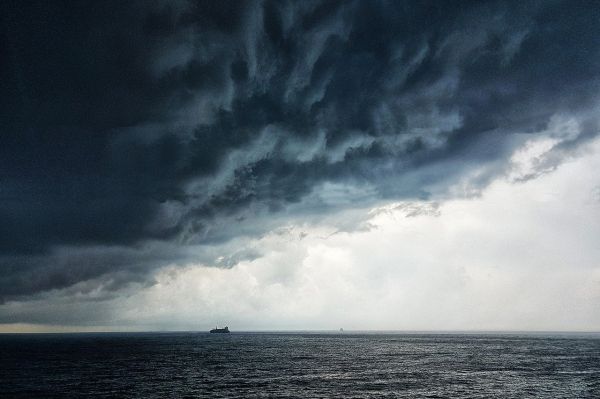Many studies looking at the effect of global warming on sea surface salinity and global rainfall suggest climate change has intensified the global water cycle. Over the ocean this has led to wet regions of the world getting wetter and dry regions becoming drier.
These changes to the global water cycle over the ocean can be seen by observing sea surface salinity, with those regions of the oceans with lower salinity becoming fresher while salty regions grow saltier.
Separately from global warming, we know the El Niño Southern Oscillation (ENSO) and Indian Ocean Dipole (IOD) also have a significant influence on the global water cycle and Australian rainfall in particular. The positive phase of ENSO and IOD generally makes Australia drier, while the negative phase of both makes it wetter. These effects can manifest in drought and flooding events over Australia.
However, the precise origin of the moisture that accompanies these IOD and ENSO events and how it moves through the atmosphere is not clear. To uncover this movement – known as moisture transport – CLEX researchers analysed the variations in sea surface salinity that accompanied ENSO and IOD events.
Read more at ARC Centre of Excellence
Photo Credit: dexmac via Pixabay


